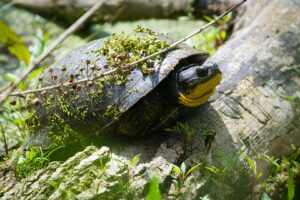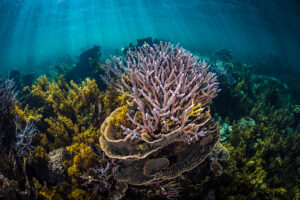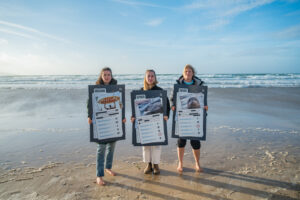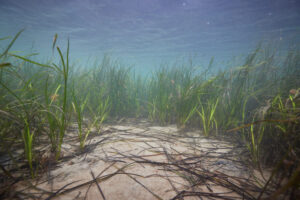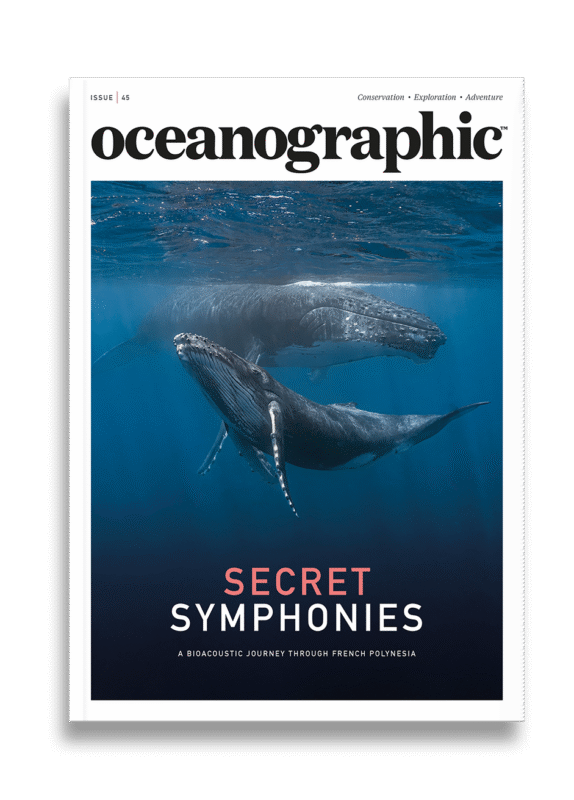Deep-sea anemone off Japan forms 'shell homes' for hermit crabs
Unlike typical anemones, P. tsukisome secretes a tough, shell-like structure which expands the hermit crab’s fragile shell, offering extra protection and stability as the crab grows. In return, the anemone gains a mobile home that helps it feed in the deep-sea.
In the quiet depths off Japan’s Pacific coast, at 200 – 500 meters below the surface, scientists have discovered a new species of sea anemone that not only blurs the boundaries between animal and architecture but redefines how these deep-sea species interact with their crustacean partners.
Because it turns out that the species – named Paracalliactis tsukisome – not only attaches itself to hermit crabs – but also builds them a shell-like home of its own making.
The discovery is detailed in Royal Society Open Science as it documents a remarkable case of deep-sea symbiosis in the watery depths off Mie and Shizuoka Prefectures. The study was led by Associate Professor Akihiro Yoshikawa of Kumamoto University, Lecturer Takato Izumi of Fukuyama University, and Senior Researcher Kensuke Yanagi of the Natural History Museum and Institute, Chiba.
Unlike typical anemones, P. tsukisome secretes a tough, shell-like structure known as a carcinoecium. This material expands the hermit crab’s fragile shell, offering extra protection and stability as the crab grows. In return, the anemone gains a mobile home that helps it feed in the nutrient-poor deep-sea.
Through a combination of morphological study and DNA sequencing, the researchers confirmed that this pale pink anemone belongs to the genus Paracalliactis – but its unique form, colouration, and anatomy distinguished it from all known species.
The team, therefore, proposed a new name: Paracalliactis tsukisome, one drawn from the Man’yōshū, Japan’s oldest anthology of poetry. In classical verse, ‘tsukisome’ refers to a delicate pink hue and symbolises a gentle, enduring affection – echoing the partnership between anemone and hermit crab.
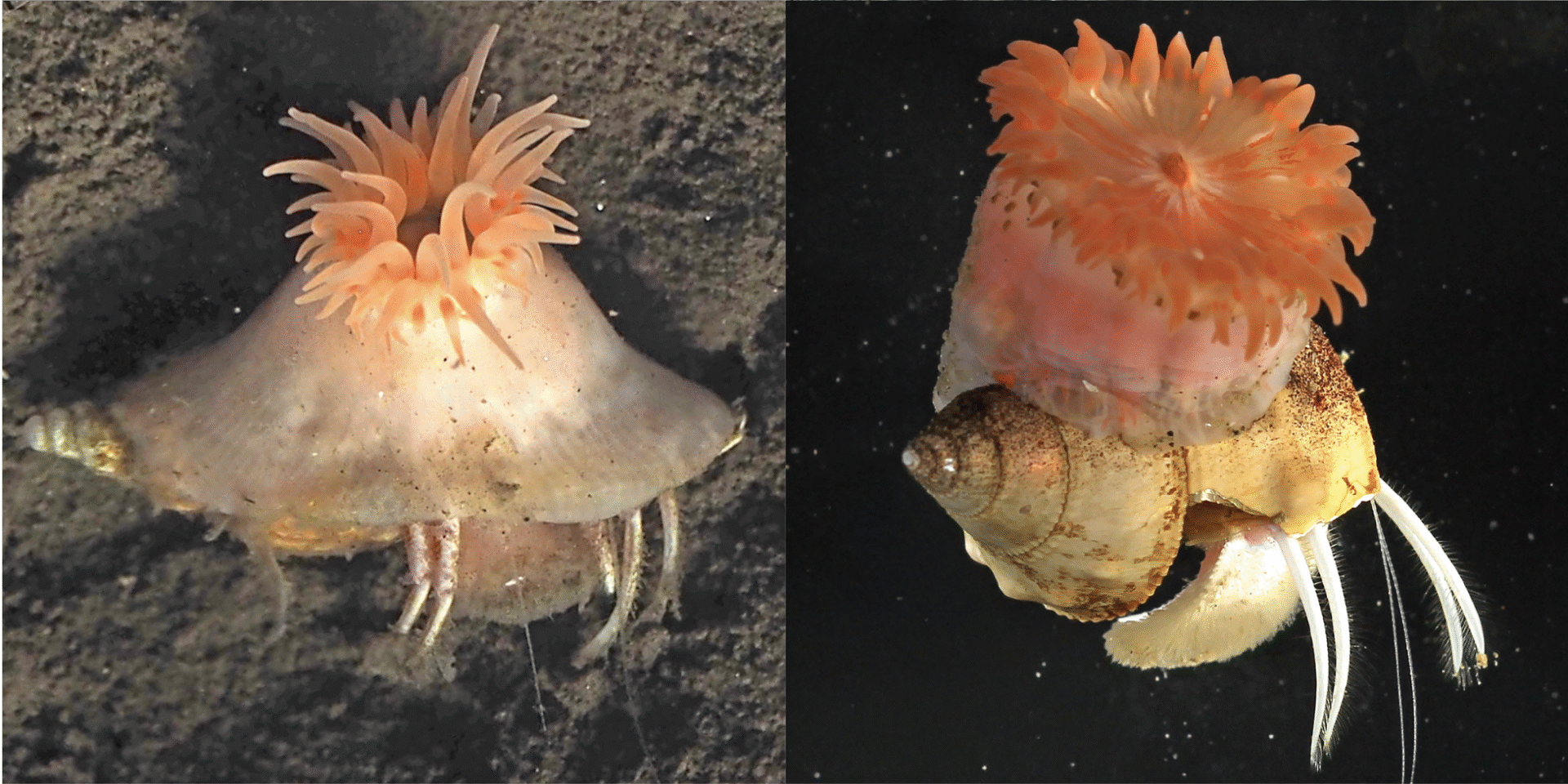
Collaborative work with Japanese museums and aquariums revealed that P. tsukisome may feed on organic debris and even the waste produced by its hermit crab host. High-resolution CT scans and video footage captured the anemone’s growth and movement for the first time, suggesting it may construct its coiled ‘shell’ by repeatedly moving in one direction – an astonishing feat for a creature with radial symmetry.
Analyses of hundreds of preserved specimens showed that hermit crabs hosting P. tsukisome tend to grow larger than other species, suggesting a truly mutualistic relationship. The team proposes that over evolutionary time, the anemone’s shell-building behaviour likely arose through close co-evolution with its crab partners.
The discovery also poses profound biological questions. How can a radially symmetrical animal – one without a defined front or back – produce such an asymmetric, snail-like structure? The researchers suggest that P. tsukisome may possess a primitive form of spatial awareness, offering clues to how early animals evolved a sense of direction and body asymmetry.
“This anemone challenges our assumptions about how simple animals perceive and respond to their surroundings,” says Yoshikawa. “It’s an elegant example of how cooperation and evolution can shape form and function, even in the deep sea.”
The study, supported by JSPS KAKENHI and several scientific foundations, highlights how cultural and biological storytelling can intertwine. For aquarium visitors, the soft pink tsukisome may appear as a fragile bloom in the dark ocean – but to scientists, it represents a new model for studying behaviour, orientation, and evolution in the simplest of marine animals.


"*" indicates required fields
Printed editions
Current issue
Back issues

Back Issues
Issue 43 Sir David Attenborough’s ‘Ocean’

Back Issues
Issue 41 Holdfast to the canopy
Enjoy so much more from Oceanographic Magazine by becoming a subscriber.
A range of subscription options are available.

